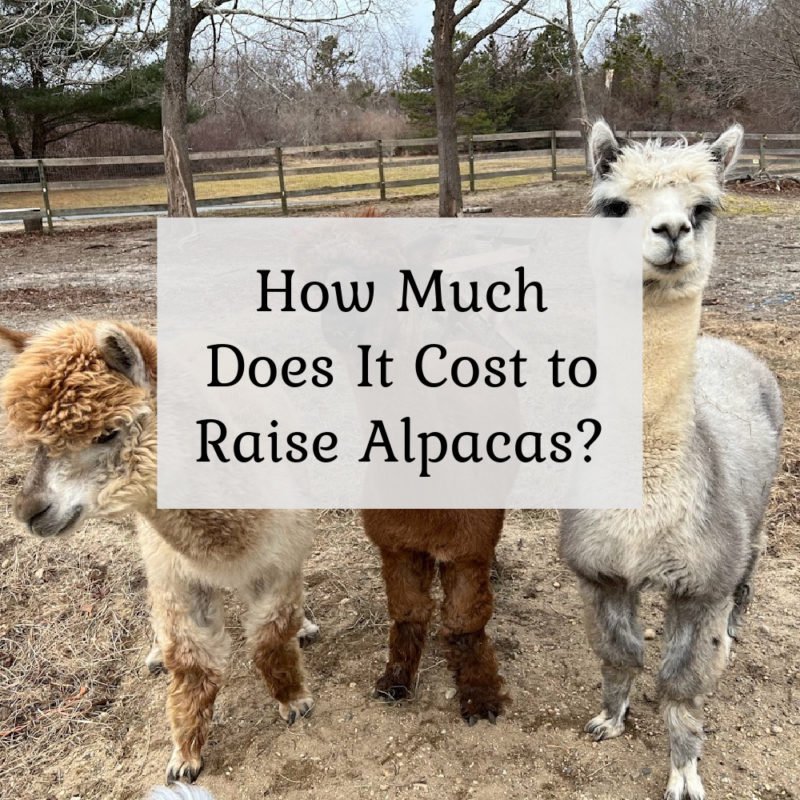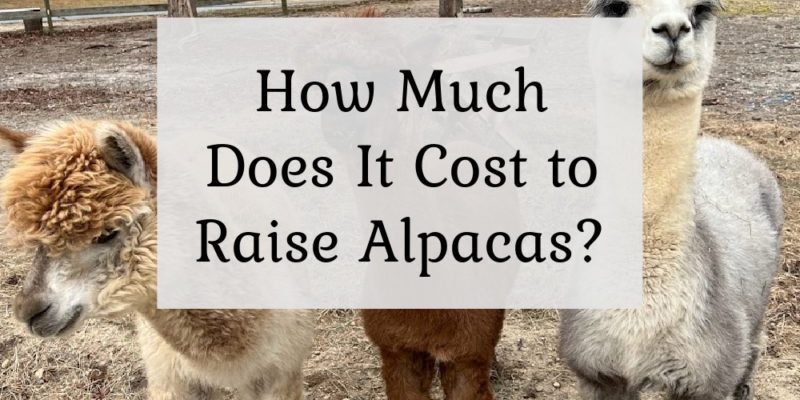
Raising alpacas isn’t just about the initial purchase; there are multiple factors to consider. It’s a bit like budgeting for a new car. Sure, you can look at the sticker price, but don’t forget about insurance, maintenance, and fuel. With alpacas, you’ll have to think about housing, food, healthcare, and more. Let’s break it down so you can get a clearer picture of how much it truly costs to raise these lovely creatures.
Initial Purchase Costs
When you first consider raising alpacas, the most immediate cost is their purchase price. Alpacas can range in price quite a bit, depending on factors like breed, age, and quality. For instance, pet-quality alpacas might cost around $500 to $1,000 each, while show-quality or breeding stock can go for $5,000 or even more.
Here’s a quick breakdown of factors affecting the cost:
- Breed: Huacayas are the most common and often less expensive, while Suri alpacas can be pricier.
- Age: Young alpacas (crias) typically cost less than older ones, but they might not be ready for breeding or fiber production.
- Pedigree: If you’re looking for show alpacas with a strong lineage, expect to pay a premium.
So, if you’re starting with just a couple of pet-quality alpacas, you’re looking at an initial investment of around $1,000 to $3,000. This is just the beginning, though, so let’s explore what comes next.
Feeding and Nutrition Expenses
Alpacas are grazing animals, which means they need a balanced diet to thrive. You’ll typically feed them hay, specially formulated alpaca pellets, and sometimes grain if they’re pregnant or nursing. On average, feeding an adult alpaca costs about $200 to $400 per year, depending on the region and availability of hay.
Here’s how those costs break down:
- Hay: This is the mainstay of their diet. Good quality hay (like Timothy or Orchard grass) can run anywhere from $150 to $300 a year.
- Pellets: These provide essential nutrients, costing around $50 to $100 annually.
- Treats: While not necessary, many owners like to give their alpacas special treats (like carrots or apples), which adds a little extra to the budget.
If you live in an area where pasture is available, you might save on hay costs. But remember, alpacas can’t roam anywhere—so you’ll also need proper fencing to keep them safe.
Housing and Shelter Considerations
Now that you have a lovely set of alpacas, let’s discuss where they’ll live. Alpacas need adequate shelter to protect them from harsh weather. Ideally, they should have a three-sided barn or shed that allows for good ventilation.
Building a simple shelter can cost anywhere from $500 to $2,000, depending on the materials and size. Here’s what to keep in mind:
- Size: Each alpaca needs about 100 square feet of indoor space. Consider how many you plan to raise!
- Materials: You can go for basic wood structures or more durable options, depending on your budget.
- Fencing: Good fencing is crucial for safety, costing around $1,500 to $3,000 for a few acres.
Remember, proper shelter not only keeps them safe but also helps ensure they’re healthy, which can reduce veterinary costs in the long run.
Healthcare and Veterinary Expenses
Just like any pet, alpacas require regular veterinary care. Annual check-ups and vaccinations are essential to keep them healthy. On average, you might spend around $150 to $300 per alpaca per year for basic veterinary care.
Here’s a closer look at potential costs:
- Routine Check-ups: Regular visits will help catch any health issues early.
- Vaccinations: These are crucial for preventing diseases and can be done annually.
- Emergency Care: Setting aside an emergency fund is wise—unexpected health issues can arise.
You might be surprised at how much you can save by establishing a friendly relationship with a local vet who specializes in livestock.
Shearing and Fiber Production
One of the joys of raising alpacas is their soft, luxurious fleece. If you plan to shear your alpacas, you’ll need to factor in shearing costs and timing. Typically, shearing is done once a year and can cost between $20 and $50 per alpaca, depending on where you live.
Here’s what you should think about:
- Shearing Frequency: Most alpacas are sheared once a year, usually in late spring.
- Fiber Quality: If you plan to sell the fiber, better quality fleece can be more lucrative, offsetting shearing costs.
- DIY vs. Professional: While it’s possible to learn to shear them yourself, it requires practice and appropriate tools.
Taking care of their fleece not only keeps them comfortable but also gives you a potential income source if you decide to sell the fiber.
Other Costs to Consider
Beyond the basics, there are other costs that can creep into your budget. Think about supplies, fencing repairs, and other unexpected expenses. Here are a few more items you might want to consider:
- General Supplies: Tools, grooming materials, and feeders can also add up to a few hundred dollars.
- Transportation: If you need to transport your alpacas for vet visits or shows, factor in those costs too.
- Education: Consider taking classes or attending workshops about alpaca care—this investment can pay off greatly in the long run.
Think of these costs as part of the big picture of alpaca ownership. Planning for them can help you avoid surprises later on.
Raising alpacas can be a rewarding venture, but it’s important to be prepared for the costs involved. From the initial purchase to ongoing care, the financial commitment can add up to a few thousand dollars in the first year alone, depending on how many alpacas you choose to raise and the resources you have available.
If you’re passionate about these animals and willing to invest in their care, their companionship and the joy they bring will be well worth it. Just remember, careful budgeting and planning are key to ensuring that your experience with raising alpacas is a joyful one. Whether you’re in it for the fiber, the farming experience, or simply for the love of these fluffy creatures, being informed is the best start you can have!

